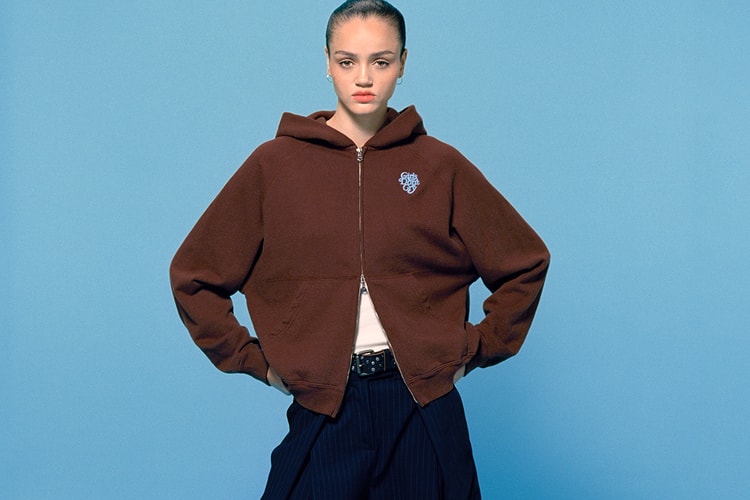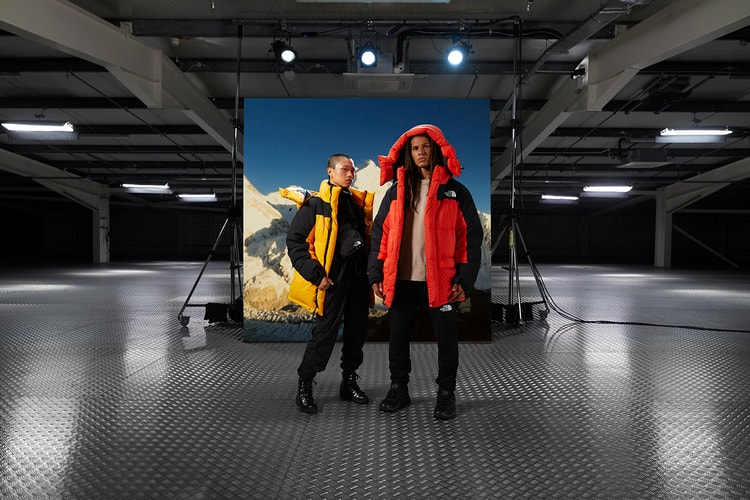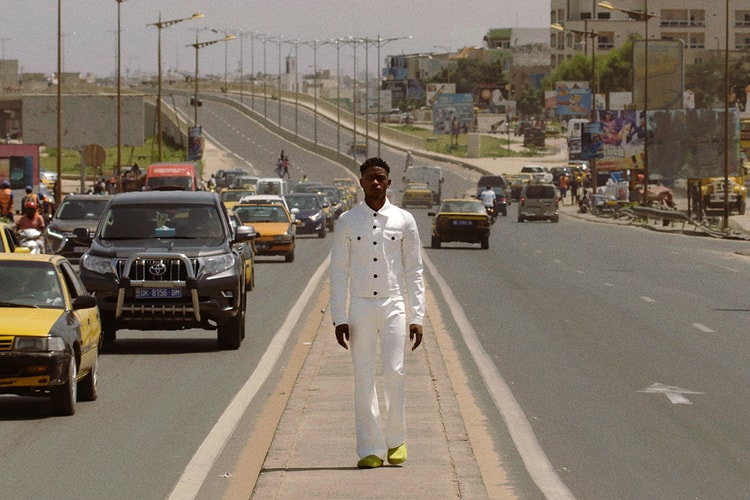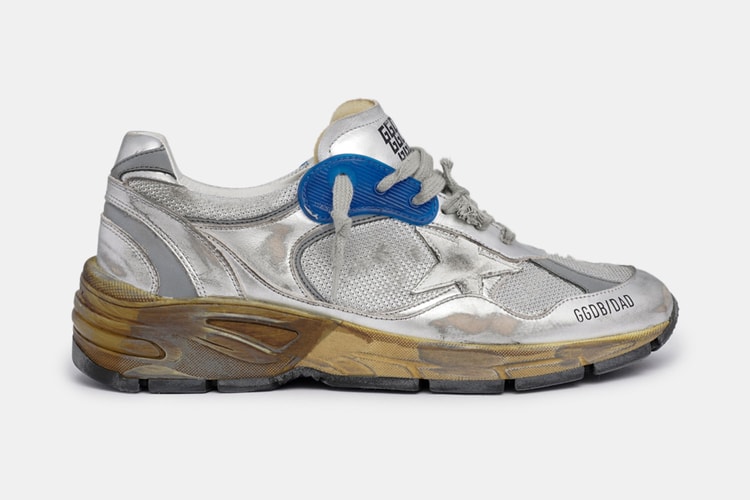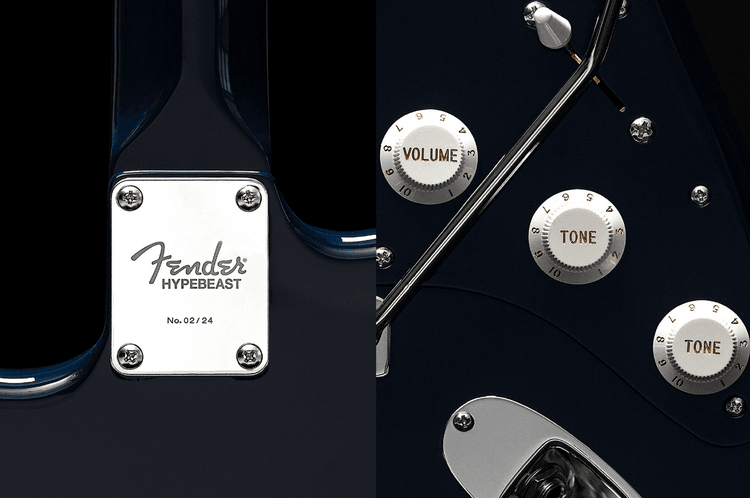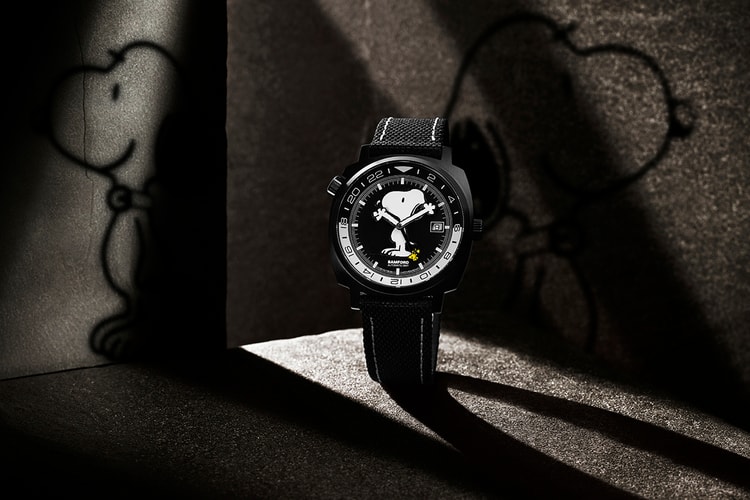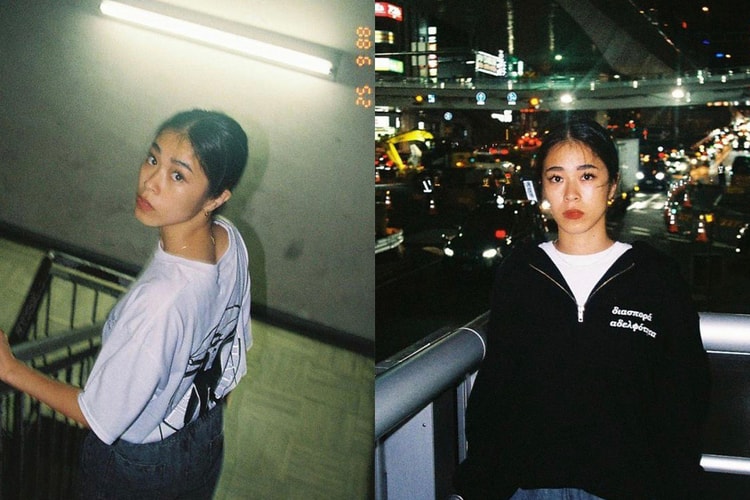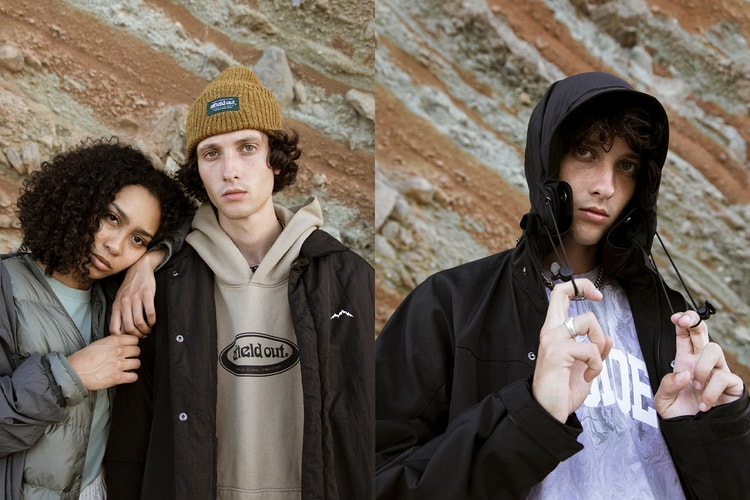Three Decades of Behaving Badly With the Guerrilla Girls
The anonymous art collective talks 30 years of activism ahead of their new retrospective book.
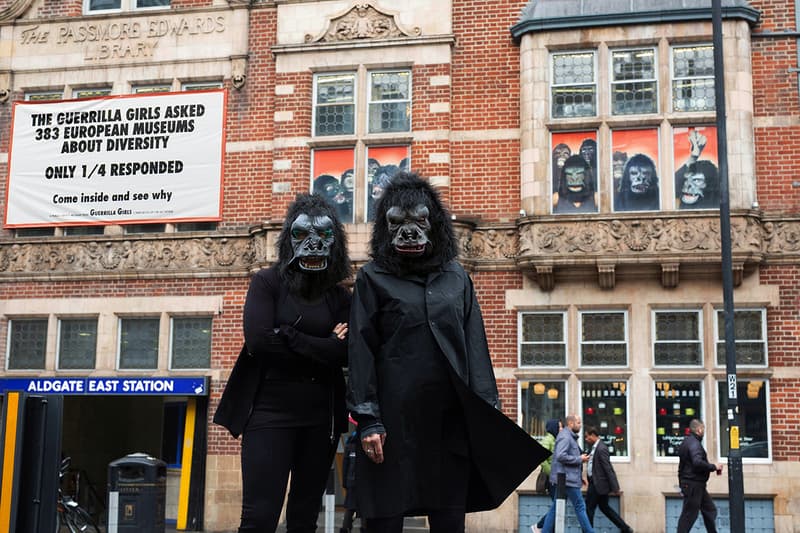
In 1989, the Guerrilla Girls asked: “When Racism And Sexism Are No Longer Fashionable, How Much Will Your Art Collection Be Worth?” The simple poster, characteristic of the group’s style, challenged the art market’s spending millions of dollars on a single piece by a white male artist, while ignoring the works of many artists of color and women artists. What would it take to introduce the true breadth of the art world into museums and galleries?
Over thirty years later, the art world is still grappling with that same question. The Black Lives Matter protests that emerged this summer have forced many museums across the United States to answer for their institutionalized racism. At the same time, many museum workers — like those of the New Museum just this week — are taking the opportunity to speak out against unfair labor practices.

Guerrilla Girls: The Art Of Behaving Badly, Published by Chronicle Books 2020
In 2020, the link between art and activism is stronger than ever, but for all that’s changed, much has stayed the same. A 2019 study found that white male artists represented 75.7 percent of the works at 18 major museums across the United States. “We really think that museums need to re-examine themselves, what are they about? Who are they run by? Who are they for?” says Guerrilla Girls member Frida Kahlo, who like all members of the group assumes the names of a dead female artist to maintain her anonymity.
The Guerrilla Girls formed in 1985 in New York City as an anonymous collective to push back against the lack of representation for women artists. For 35 years now its members, who don gorilla masks when in public, have used simple, graphic posters to address the art world’s inequality. Their works, which ask questions like “Do women have to be naked to get into the Met. Museum?” and share tips like “Top Ten Signs That You’re An Art World Token,” are no longer only on the streets in New York however, but have been shown in museums and galleries ranging around the world, ranging from Bilbao to São Paulo. “Now this kind of strategy is everywhere in activism,” says member Käthe Kollwitz. “And it’s so wonderful and exciting to see the amazing creativity of activists and artists.”
The group has now compiled their work into a retrospective book, Guerrilla Girls: The Art of Behaving Badly. But they’re still actively producing new work as well; the Guerrilla Girls are also currently working on a billboard with For Freedoms addressing the 2020 U.S. presidential election, which will read: “Democracy? Only until all votes are counted. November 2020.”
Ahead of the launch of Guerrilla Girls: The Art of Behaving Badly, which is now available online, HYPEBEAST spoke with two of the group’s founding members, who go by Frida Kahlo and Käthe Kollwitz. Read on for our conversation on the role of wealthy donors in the art industry, how museums can approach their problematic collections and some unconventional uses for the book.
HYPEBEAST: When did you decide you wanted to publish this book with the retrospective of your work?
Frida Kahlo: It’s a book we’ve been wanting to do since we first started in 1985. And it was a great opportunity for all of our things to get there, and to do it as a picture book without a lot of critical commentary. We just put the work out there, and tried to contextualize it. And not only is it a group of artworks, it also tells a story about the art world, and is filled with information about the time in which each of those projects were made.
And why did you feel like now was the right time for it to come out?
Käthe Kollwitz: It’s our 35th anniversary this year. We’ve had lots of members over the years, but no one has really ever seen the scope of the work. And even for Frida and I, who are two of the founders of the Guerrilla Girls, it was amazing to see on a page how the themes thread through — racism, sexism, corruption in art, politics — from the beginning. And how we always tried to do better, deepen our critique, play around with things in a different way. As we started putting little posters on the street in the middle of the night, and now we do huge projects, outdoors and in museums all over the world.
“When we started out 1985, we had to work hard to convince people that the art world was not a meritocracy, and that there was racism and sexism.”
That was interesting looking through the timeline, both how the work has evolved, but also how little of it has needed to change to still feel relevant.
Kahlo: Consciousness about the art world has evolved. When we started out 1985, we had to work hard to convince people that the art world was not a meritocracy, and that there was racism and sexism. Now I don’t think anyone would question that at all. But the bigger question now is the art world, which is based on the art market, is it institutionally racist? Is it institutionally sexist? Does it promote income inequality? Who’s making the decisions about what art is considered the most significant?
There are women artists, and artists of color and trans artists, who now who are being allowed through that filter. But at its core, it’s really about investments and money. And the museums in the United States, they’re not run by art experts. They’re run by wealthy art collectors who are investors, who oftentimes are involved in really nefarious businesses, like investing in for-profit prisons.
So a lot of the money that’s behind the art world that makes these art stars is questionable. And we want to start to ask that question: If you become wealthy from the art market, are you somehow complicit in its values? And how can you fix this?
With art institutions in the U.S. facing financial difficulties because of the coronavirus crisis, do you worry there’s going to be resistance to calling out the problematic associations that some of those big donors have?
Kahlo: Those museums don’t really have any problems, because many of their problems could be solved by a single $10 million donation by one of their wealthy donors. Those donors give a ton of money to build galleries in their name, but they’re not willing to put money behind staff benefits. The museums are acting just like the people who fund them.
Do you feel that art goers today are more aware of those power structures, of who’s deciding what artists have these big exhibitions or gallery shows?
Kollwitz: Well right now, there are a lot of groups fighting for this, not just us. But we started this analysis of corruption and money in the art world a long time ago. And today, it is encouraging that many people are fighting back.
We’re stuck with a horrible system. First of all, museums are stuck with their old collections, which include hardly any people of color, or women of any kind. And they’re trying to play catch up, which is fantastic. But it’s pathetic, they have a long, long way to go.
And just to elaborate on the system right now, the billionaires and rich people on their board, all buy art. Most of them buy art from the same mega wealthy art dealers. And many of them have the same collection. And museums don’t have money to buy art, especially when it’s so expensive today and the pandemic is going to make that even worse. So when are they going to really cast that wide net? There are really good people inside museums trying to push things forward. But the system really sucks.
“If the museum is run by a lot of people who have made their money by making the world a worse place, that’s problematic.”
The Baltimore Museum deacquisitioned some of their artworks in order to buy art by more artists of color and more women artists. Do you think that’s an effective strategy to change some of these systems?
Kahlo: Yes, it is. But I think another way to do it is to look critically at who runs the museum. Museums are really about education, and making a better place through education. And if the museum is run by a lot of people who have made their money by making the world a worse place, that’s problematic. It means that the museum is insincere.
The idea that we would furlough workers rather than find a way to pay them — and there are a few museums in the United States who have not furloughed workers. And I think the other museums need to look at how they were able to do that.
This year a lot of museums, like the SFMOMA and or the Guggenheim, have come under criticism for institutional racism because of the Black Lives Matter protests. Do you feel hopeful that that public pressure will enact long lasting change?
Kollwitz: I think it will create change, and it’s long overdue. The people in museums aren’t paid enough, in many cases they’re not treated well. And almost every person of color, in any field, has had incidents at work, that many are writing about now. There are online forums for every industry now, where people are telling their stories. It ranges from huge discrimination to just horrible little things that happen all the time. And the more people speak out, the better.
Your work now is displayed in some of these museums. What’s the impact when a direct attack on the Whitney is now being displayed in the Whitney? Or how does that change your relationship to these museums?
Kahlo: We’re in museums not because we were collected by wealthy collectors and shown in fancy galleries. We’re in museums because our audience is all the people who love art, who need art, who thrive on it. They’re the ones who have really created the audience that has pressured museums to show our work. We don’t make precious expensive objects. We, in a way, produce knowledge and understanding and figure out a way to embody it in imagery.
Kollwitz: It was bizarre, I have to tell you. I mean, we were used to sneaking around the streets. We had a lot of support always from artists, but not any from institutions. And when they came calling, it was kind of after we were in the Venice Biennale, with a big project in 2005 I think. After that museums, first in Europe, and eventually a little bit in the United States, became interested in this work. And it was a moment of conscience for us.
But we had to make the decision, and we did make the decision to put our work in the museum. Because it’s amazing to see a critique of the system, and also a critique of the specific museum, we’ve done a lot of projects like that, right on its own wall. And we think you can never go into a museum again the same way after seeing the Guerrilla Girls’ work. And when it’s in the museum, it has an extra punch, because you’re seeing it right there on the wall.
Now that a lot of these art fairs are going partly digital, has that changed your approach to work? Do you find that change might impact how the art world approaches diversity, or make it more accessible to people who haven’t been in the art world before?
Kollwitz: I have no idea. I don’t think we know that yet (laughs).
Kahlo: We’ve been virtual ever since there was an art world in computers. We’ve never been about producing precious objects that can only exist in one place at one time, or that can be owned by only one person. We’re happy if tens of thousands of people own our get naked poster. We’d rather have it hanging in every college dormitory room than over the richest art collector’s sofa in the world.
When it comes to museums integrating more underrepresented groups, how do they do so in a way that doesn’t contribute to tokenization? Or doesn’t just reduce those artists to their identity?
Kollwitz: The whole problem with museums is they do not cast a wide enough net. They go for the stars. It’s easier for them to buy those things because their collectors can donate them, or get them. And there is an incredible culture out there that isn’t about who is in an art auction, or who became famous in some way.
Some of the artists that have been rediscovered, artists from the past, we wouldn’t even be able to rediscover them if there wasn’t at least one work of theirs in a museum somewhere. Even someone like Frida Kahlo, when I was growing up, people had barely seen anything. So what if there wasn’t anything anywhere to see?
Museums got to get off this idea of genius, and this is the best and all that crap, connoisseurship all of that, and start collecting the incredible body of work that artists are producing all over the world. Get as much as possible — there’s so much that costs so little. Get that stuff, and forget about the $2 million, $3 million stuff for the next decade.
“Museums are stuck with their old collections, which include hardly any people of color, or women of any kind. And they’re trying to play catch up.”
Kahlo: Lots of these museums just want the same thing as every other museum. They all want to make sure they have the most valuable work. When in fact there are really interesting sub-histories in the history of art. There are those kinds of museums that dig deep into it, and really produce knowledge and understanding of our culture, rather than wanting to have the same five or six artists that have shows in New York City.
Kollwitz: There are so many curators at museums who truly care about these things, and have always been trying to do more. The problem is, the only funding for exhibitions in the U.S. is private. So it’s harder to get somebody to fund something for an artist who no one’s ever heard of, than for somebody who is a big star in the auctions and everything like that.
With some of these museums that do have a large collection of predominantly white male artists, is there a way for them to present that artwork — which might have some problematic ties — in a way that’s educational?
Kollwitz: I think museums are struggling over this right now. There’s the issue of how to write a museum wall label. Do you acknowledge any of these things? Like what about an artist’s sexual abuse, or a predator? Do you talk about that? Or do you pretend that art is above it all and that doesn’t matter?
In the book, we have a poster from a couple years ago, three ways to write a museum label when the artist is a sexual predator. And we wrote we did that poster, because we were kind of laughing thinking about the meetings going on in museums to try to deal with all the subjects we’ve been talking about today. So we decided to help the museum a little bit.
Was there anything you wanted to add about the book specifically? Or about your work more generally?
Kahlo: Well, the book is heavy enough that if you threw it, it could be a weapon.





















